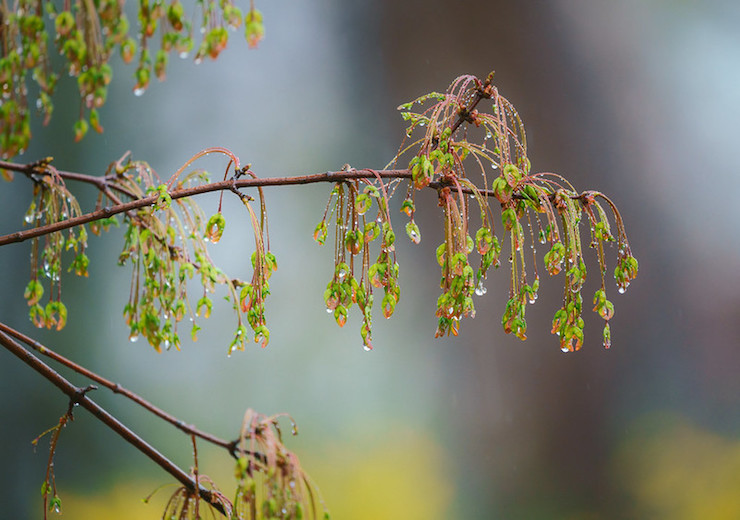Poet-a-Day: Meet John Drury
I’ve had the pleasure of getting to know John Drury and his work through the process of gathering ghazals for How to Write a Form Poem. (Picture me skipping with a basket through a field of ghazals plucking the ones that catch my eye. Or, alternatively, sprawling on the couch in my pandemicwear, surrounded by books and dogs, as I sift through what I find to be the most confounding form.)
Drury’s “Ghazal of the Lagoon” is a delight that engages the senses, and I’m so happy to have it appear in How to Write a Form Poem. I’m including the first couple of stanzas here. Want to read the rest? Find it in Drury’s The Disappearing Town, and, of course, How to Write a Form Poem!
Ghazal of the Lagoon (excerpt)
Morning, on the promenade, there’s a break in the light
rain here in the serene republic. I take in the light.
Every walker gets lucky at this gaming table,
where the gondoliers, like croupiers, rake in the light…
—John Drury
Here’s what the poet has to say about his ghazal:
Tania Runyan (TR): Tell me a little about the origin story of “Ghazal of the Lagoon.”
John Drury (DR): I’ve been lucky to visit Venice twelve times (twice as the leader of literary study tours) and have read histories, fiction, plays, poetry, and guide books about the city. I started writing poems set in Venice obsessively after a trip in 1994. At the same time, I was putting together The Poetry Dictionary and became fascinated by the traditional form of the ghazal, in which each couplet ends with a rhyme word followed by a refrain. (The first line of the first couplet also ends with the rhyme-refrain combination.) John Hollander’s Rhyme’s Reason provided the rules and terms, all set forth ingeniously in an actual ghazal. It seems inevitable that those two interests would come together.
I wrote the first draft of “Ghazal of the Lagoon” on February 7, 1996, and I can tell from the spacing of my handwriting that after composing the first two couplets I wrote out several rhymes (such as “flake” and “ache,” which didn’t work their way into the actual poem) followed by the refrain (“in the light”), skipping down three lines and placing those phrases near the right margin so there would be room for new couplets to grow. As often happens, sometimes it worked and sometimes it didn’t.
TR: Why did you choose to write this poem as a ghazal? Or did you start out wanting to write a ghazal, and this is the poem that happened?
JD: Ending both lines of a ghazal’s first couplet with rhyme and refrain continues to strike me as one of the difficulties inherent in the form. But problems are also opportunities. I wanted to try enjambing the opening refrain right into the next line, and I started playing with phrases in my head (while I was showering, as it happened), thinking of Venice, its lagoon, and the way sunlight shimmies and wiggles on the ripples, soon coming up with the phrase “I take in the light” as the possible end of the first couplet and realizing that “light” could be used as an adjective at the end of the opening line, the one place in a traditional ghazal that could be enjambed (since each couplet was a discrete unit, ending with a period). So what noun, I wondered, could “light” modify? And what word, rhyming with “take,” would make sense with “in the light”?
My standard approach to finding a rhyme involves proceeding through the alphabet, so I quickly came to break and immediately seized on “a break in the light / rain.” When I got out of the shower and found my pen and a pad of paper, I simply transcribed what I had memorized and went on from there.
So the answer is Yes, I wanted to write a ghazal, specifically about Venice, and this is the poem that happened.
TR: What do you hope poets can learn from a book like How to Write a Form Poem?
JR: I hope that seeing what others have written using traditional forms will show the curious, adventurous poets who read the book both the patterns and the possibilities.
About John Drury
John Drury is the author of four full-length poetry collections: The Disappearing Town (Miami University Press, 2000), Burning the Aspern Papers (Miami University Press, 2003), The Refugee Camp (Turning Point Books, 2011), and Sea Level Rising (Able Muse Press, 2015). He has also written Creating Poetry and The Poetry Dictionary, both from Writer’s Digest Books. He teaches at the University of Cincinnati.
Photo by John Brighenti, Creative Commons, via Flickr. Post by Tania Runyan.
Browse more Poet-a-Day
Browse 50 States of Generosity
Check out The Yellow Wall-paper Graphic Novel
______________
How to Write a Form Poem: A Guided Tour of 10 Fabulous Forms

You’ll also be entertained by Runyan’s own travel stories that she uses to explain and explore the various forms—the effect of which is to bring form poetry down to earth (and onto your own poetry writing map)!
BUY HOW TO WRITE A FORM POEM NOW!
- Flowers of California: California Poppy - December 8, 2022
- Flowers of California: Lily of the Nile - October 13, 2022
- Flowers of California: Crape Myrtle - October 5, 2022


Leave a Reply